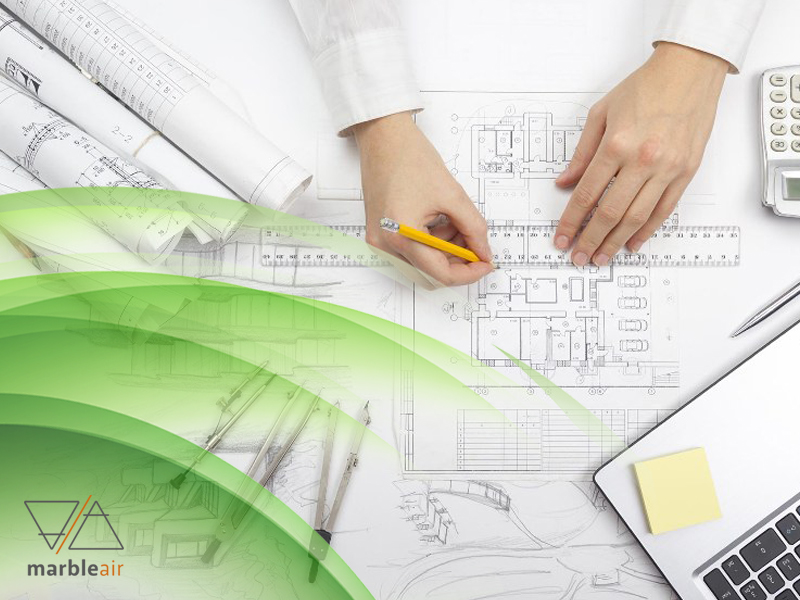
How to Design a Green Building – What Are the Considerations?
Desiderius Erasmus famously said that prevention is better than cure, and over 600 years later we still agree with this smart gentleman. It’s with this premise in mind that we would like to consider the design of a green building.

As we know, the concept of a green building isn’t simply that of a structure.
Rather, it is the practice of building that satisfies today’s needs whilst bearing tomorrow’s in mind. It is a long-range view of the use of resources and the production of waste, ensuring that this does not drop into the category of ‘someone else’s problem.’
As architects, we are keenly aware that we are not simply designing a building, but we are designing a better future. This knowledge inevitably leads to better decision-making by all stakeholders right at the outset.
Choosing a Site
Undoubtedly the first consideration for a building project would be the proposed site.
Leadership in Energy and Environmental Design (LEED) have a site assessment worksheet which offers guidelines on green building site selection and usage.
In addition, The Constructor offers a helpful list of factors which affect site selection for green buildings. They are as follows:
- Impact on the Environment
- Connection with the Community
- Verification if the New Development is Limited
- Transportation
- Public Amenities and Availability
- Utilising Open spaces
- Heat Land Reduction
- Surface Water Control
As the site can dictate the actual design of the building, this is the logical place to start.
The Design of a Green Building
The careful consideration of the materials that we’d like to use would be the next factor in the actual design of the structure. The material choice will certainly influence the design, with different products working together in varying ways.
Some of the questions that we need to ask when specifying building materials and construction methods are highlighted by The Green Building Solutions Organisation. These are:
- Does it have a long life?
- Does it save energy?
- Does it add durability?
- Does it contribute to the waste stream?
- Is it renewable and recyclable?
Sourcing building products locally would be ideal, as would ensuring that we are outsourcing responsibly. Can we upcycle architectural salvage? Are there local older buildings from which we can feasibly remove parts for reuse?
The design phase would closely consider further factors such as:
- The efficiency of heating and ventilation systems
- Lighting options, and how to make the best use of natural light
- Water-saving fixtures alongside greywater use and rainwater harvesting
- The use of renewable energy such as solar or wind power
- Making the best use of the space available both inside the building and out
- The positioning of the building to maximise natural light and shade
The Operation of the Building
Of course, the successful design of a green building manifests in its use and operation.
The Indoor Environmental Quality (IEQ) of a building rests on the best use of daylight, has adequate ventilation and moisture control, offers great acoustics and does not use materials with a high-VOC emission. This makes for a wonderfully pleasant place to work or live, with increased productivity and additional health benefits.
The aspect of maintenance – often overlooked – will also come into play. Can our design reduce maintenance requirements, use less water and produce less toxic chemicals?
All of these elements come together to create a comfortable, sustainable building; one that is both durable and practical.
In Conclusion
The KMB Design Group notes that green building is one of the easiest ways to address climate change and the least expensive way of lowering greenhouse gas emissions.
Their article adds, “According to the EPA, green building is the practice of creating structures and using processes that are environmentally responsible and resource-efficient throughout a building’s life-cycle from siting to design, construction, operation, maintenance, renovation and deconstruction. This practise expands and complements the classical building design concerns of economy, utility, durability, and comfort.”
Indeed, when asking how to design a green building, we would want to consider these essential elements to help us on the road to a more sustainable, greener future.
Please feel free to contact the team at MarbleAir for more information.
